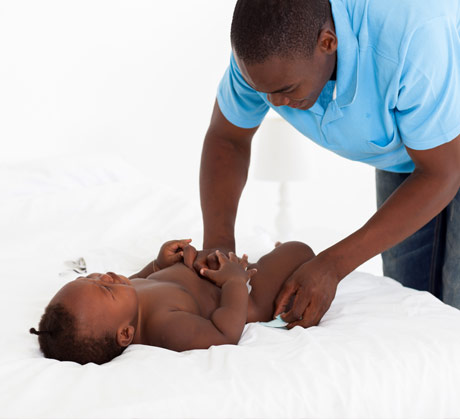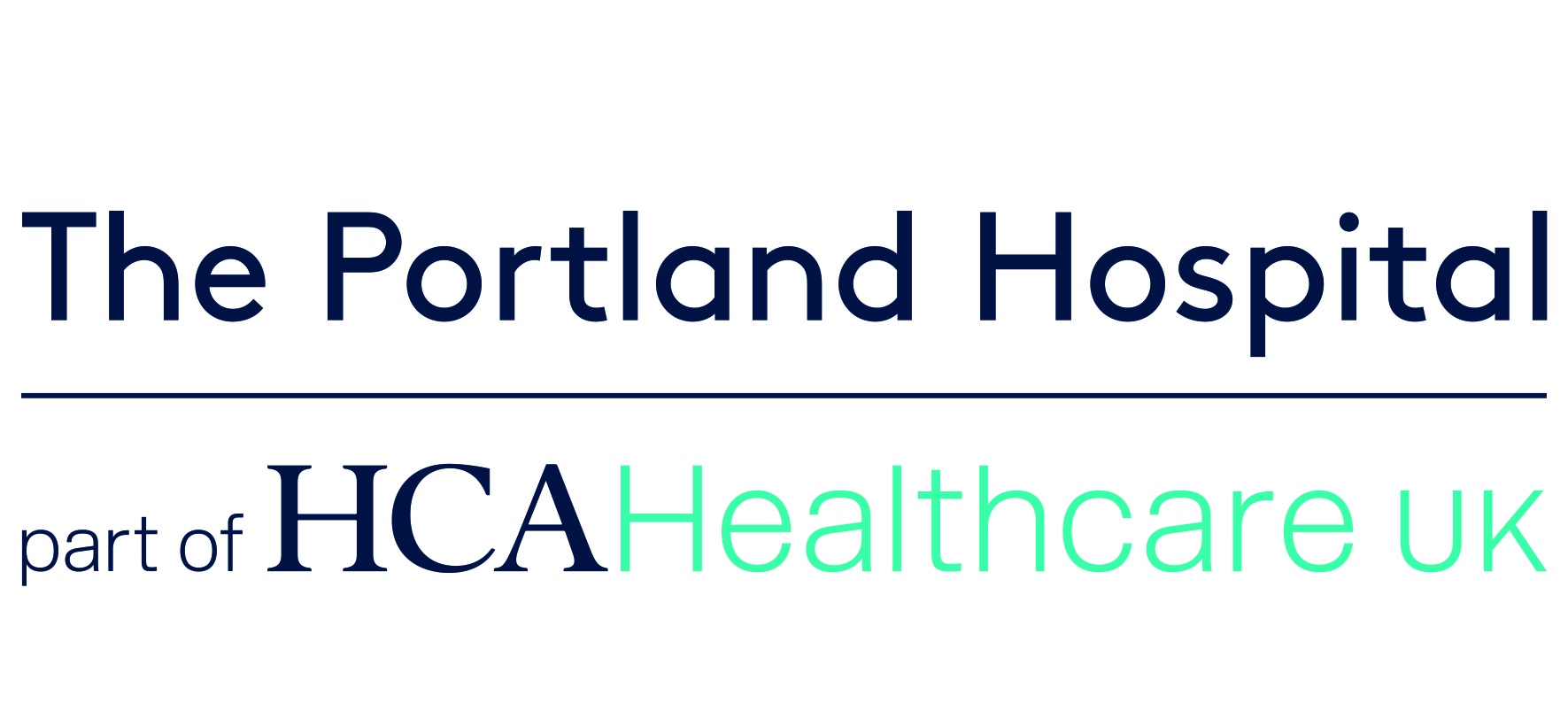
Nearly all babies get nappy rash, especially around nine months of age – this is often due to changes in the gut after starting on solid food, which in turn affects the frequency and consistency of your baby’s poo. Diarrhoea can also cause a nasty and painful rash. It’s pretty distinctive, and you’ll see a red rash that appears as a result of the skin reacting to bacteria in wee or, most commonly, poo. It can be patchy or spread over the whole nappy area, and sometimes you might see spots and tiny blisters. It’s usually sore and feels warm to touch. Most babies get mild nappy rash at some time or another, and may not appear to feel sore, but a more severe rash will make your child feel very uncomfortable.
Young babies have super-sensitive skin, which is more prone to rashes and infection than adult skin. Nappy rash is very common, and even babies with the most vigilant of parents get it, so try not to feel too guilty about it – just remember to treat it as soon as you see the first signs. Common causes are:
Preventing nappy rash is easier than treating it, so stick to these simple rules:
If your baby gets nappy rash, you need to treat it quickly. Clean as above, and use a specific nappy rash cream on the rash afterwards – ask your chemist, doctor or health visitor to recommend one.
If it’s not healing or you’re concerned it’s getting infected, see your doctor without delay. Untreated nappy rash can develop into a yeast infection such as thrush (you may see pus-filled pimples on your baby’s skin) or a bacterial infection. If this is the case, your doctor will give your baby medicine or cream to help get rid of the infection. Taking the steps outlined above should help to stop it recurring.
Unfortunately the germ that causes thrush, called Candida, loves inflamed skin and skin creases. If your baby’s rash becomes a deeper red and develops red or white pimples, it could be thrush and you will need an antifungal cream from a pharmacist or on prescription from your GP. It’s important to continue using this for a week or so after the rash clears up, to make sure it doesn’t come back.
For a list of useful contact details for The Portland Hospital, please click HERE.
